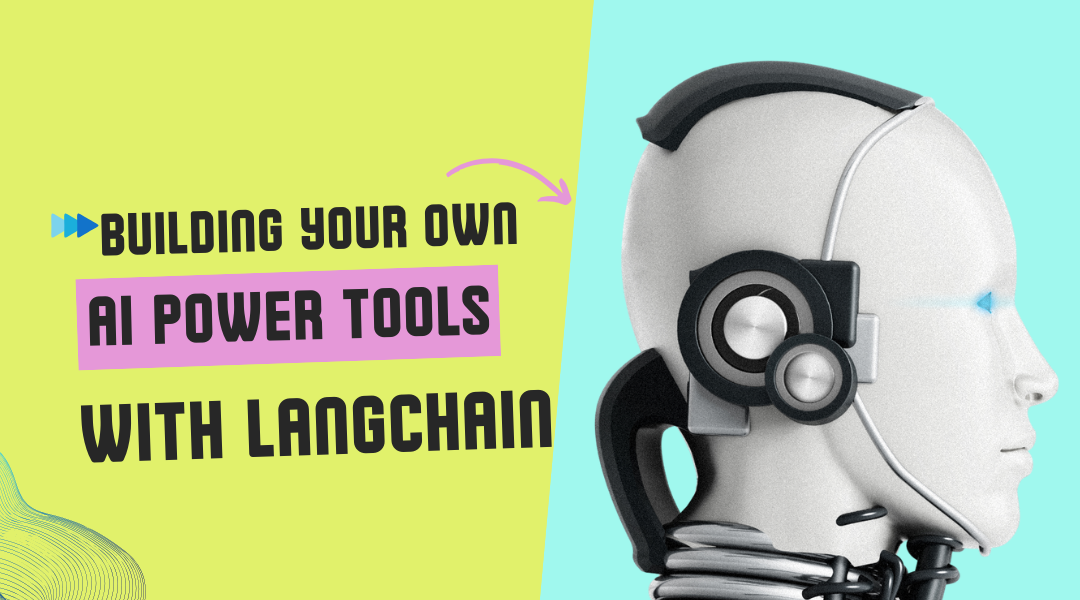Let me show you how we built something pretty cool last week. One of our fintech clients needed an AI system that could not only analyze financial reports but also pull live crypto prices and format everything for their internal dashboards. Off-the-shelf solutions fell short, so we rolled up our sleeves and built custom LangChain components. Here’s how you can do the same.
Why Custom Components Matter
Most AI tutorials show you how to use pre-built tools. But real business problems often require tailor-made solutions. That’s where LangChain’s flexibility shines. Think of it like:
- Legos for AI: Snap together exactly what you need
- Swiss Army knife: Add specialized tools for specific jobs
- Pipeline builder: Create multi-step workflows that actually match your processes
Building Custom Workflows: A Real Example
We recently created a document processing system for a law firm that:
- Corrects typos in scanned legal documents
- Extracts key clauses
- Cross-references with their case database
- Generates a plain-English summary
Here’s the simplified version of how we built it:
python
Copy
Download
from langchain.chains import TransformChain, LLMChain
from langchain.prompts import PromptTemplate
# Step 1: Document cleaning
cleaner = TransformChain(
transform_func=lambda doc: fix_scan_errors(doc),
input_variables=[“raw_document”],
output_variables=[“clean_document”]
)
# Step 2: Clause extraction
clause_prompt = PromptTemplate(
template=”Identify all contractual obligations in this legal document:\n{document}”,
input_variables=[“document”]
)
clause_extractor = LLMChain(llm=llm, prompt=clause_prompt)
# Step 3: Database cross-check
def check_precedents(clauses):
return lookup_in_legal_db(clauses)
precedent_checker = TransformChain(
transform_func=check_precedents,
input_variables=[“clauses”],
output_variables=[“precedent_analysis”]
)
# Combine everything
legal_analyzer = SequentialChain(
chains=[cleaner, clause_extractor, precedent_checker],
input_variables=[“raw_document”],
output_variables=[“precedent_analysis”]
)
The magic? We built exactly what they needed in about 200 lines of code.
Creating Your Own AI Tools
Sometimes you need to teach your AI new tricks. Here’s how we built a live market data tool for a trading firm:
1. The Problem
Their analysts kept switching between Bloomberg terminals and ChatGPT. We needed to bring live market data directly into their AI workflows.
2. The Solution
We created a custom tool that:
- Fetches real-time prices
- Calculates moving averages
- Returns formatted analysis
python
Copy
Download
from langchain.tools import BaseTool
import yfinance as yf
class MarketAnalyzer(BaseTool):
name = “Market Analysis Tool”
description = “Fetches live stock data and technical indicators”
def _run(self, ticker: str):
stock = yf.Ticker(ticker)
hist = stock.history(period=”5d”)
current = hist.iloc[-1][‘Close’]
ma5 = hist[‘Close’].mean()
return f”””
{ticker.upper()} Analysis:
– Current Price: ${current:.2f}
– 5-day Average: ${ma5:.2f}
– Trend: {‘↑’ if current > ma5 else ‘↓’}
“””
Now their analysts can ask:
“Analyze TSLA’s current position relative to its 5-day average”
And get back actual, live trading analysis without leaving their AI environment.
Pro Tips From the Trenches
- Start Small: Build one custom component at a time
- Error Handling Matters: API calls fail – plan for it
- Document Thoroughly: Your team will thank you
- Monitor Performance: Custom doesn’t mean fragile
When to Go Custom
Consider building your own components when:
- Off-the-shelf tools don’t quite fit
- You need to integrate proprietary systems
- Your workflow has unique steps
- Data requires special processing
The Bottom Line
LangChain’s real power isn’t in what it does out of the box – it’s in what you can make it do for your specific needs. Whether you’re in finance, law, healthcare, or any other field, the ability to build custom AI tools changes the game.
